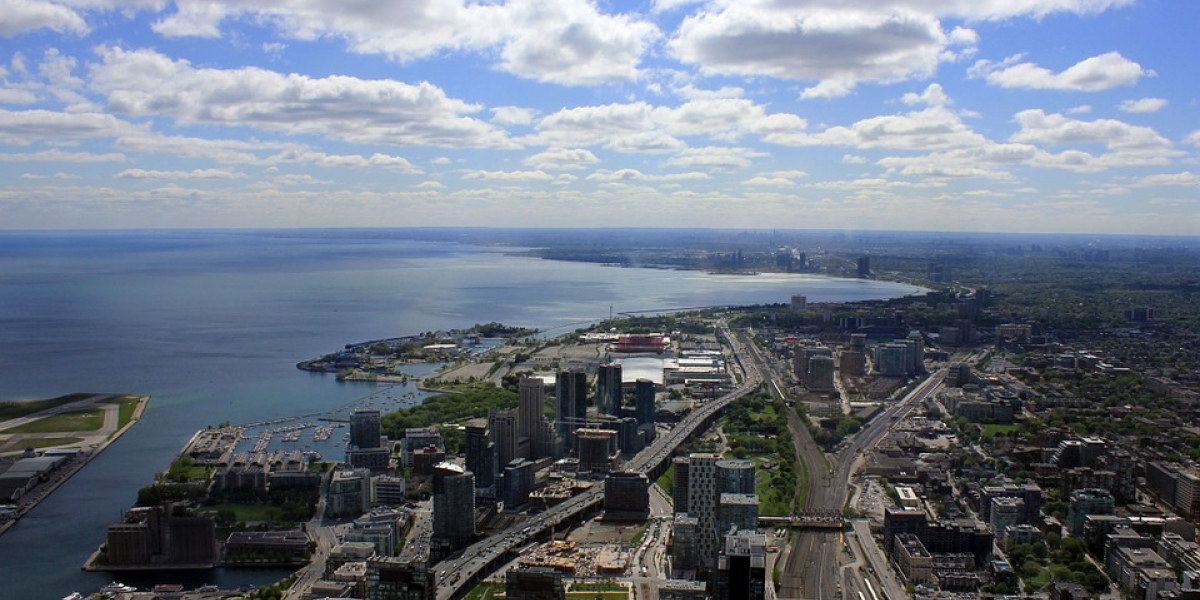New report exposes hidden costs; highlights innovative approaches to address sprawl
Ottawa -- The sprawling outward expansion of Canadian cities to provide lower-priced houses to growing populations threatens the financial future of many Canadian local authorities and pushes unnecessary costs onto taxpayers. However, innovative municipalities that are addressing the problem may have lessons for the rest of the country, according to a new report released today.
The report, Suburban Sprawl: Exposing Hidden Costs, Identifying Innovations, by Sustainable Prosperity, a national think tank based at the University of Ottawa and focused on market-based approaches to build a greener economy, says while many of the costs of suburban sprawl are hidden, they are nevertheless “real and substantial.”
The report’s author, David Thompson, Policy Director of Sustainable Communities for Sustainable Prosperity, says all Canadians bear the cost of suburban sprawl.
“It’s time to challenge the myth that sprawl is cheaper,” says Thompson. “The full costs and trade-offs are not always obvious, but they are real and may have unintended economic and environmental consequences.”
The report exposes the ways that the cost of sprawl – both immediate and long-term is hidden, and calls on municipalities to examine existing development policies and identify new ways to encourage efficient high-density neighbourhood development.
Some of the costs of sprawl are obvious and include longer commutes by car, increased automobile emissions, higher risk of road accidents, increased fatigue resulting in reduced productivity for businesses, and impaired quality of life and family time. But the most significant costs are capital spending, which is higher for low-density developments, and the long-term financial liabilities for municipalities that are often passed on to taxpayers.
For instance, the report points out that in Edmonton, the City picks up all the capital costs of fire and police stations and portions of the cost of some roads and recreation facilities. It covers all the costs of maintenance, repair and renewal of the infrastructure, including pipes and roads. What this means is that across just 17 of more than 40 planned new developments, costs to the City are expected to exceed revenues by nearly $4 billion over the next 60 years. Peel Region in Ontario recently concluded that new development was not paying for itself. The Halifax Regional Municipality calculated that it could save as much as $715 million to 2031 by increasing the number of new dwellings sited in the urban core and Calgary found that by adopting a denser growth pattern that used 25 per cent less land it could save $11 billion in capital costs alone.
“Some municipalities have calculated the costs of suburban sprawl compared to higher density development closer to city centres, and some are now charging new developments their real costs, but more of them need to learn from the innovators, research this issue, and change misdirected policies and practices,” adds Thompson. “Otherwise, property owners in compact neighbourhoods with lower municipal infrastructure and servicing costs end up subsidizing low-density areas through the structure of development charges and property taxes” he adds.
Thompson says innovative municipalities that are addressing the problem may have lessons for the rest of the country. For example:
- Some Montreal boroughs have lower tax rates for multi-unit buildings, thus encouraging denser development.
- The City of Kitchener’s suburban residential development charges are 74 per cent higher than those for central neighbourhoods.
- Ottawa has higher charges for development outside of its greenbelt
- Hamilton provides a 90 per cent exemption from development charges downtown.
- Calgary and Peel Region recently doubled their development charges on new suburbs.
- Windsor has a property tax assistance program for redevelopment of abandoned industrial properties.
Thompson also suggests policy measures such as higher taxes on land value and lower rates - or no tax - on buildings to encourage redevelopment of parking lots and underutilized land in city centres, special reductions to incent urban development, and increased development charges in the suburbs to reflect the actual cost of providing services.
“With another 6 to 14 million Canadians needing to be housed in the next 24 years, we have an opportunity to be innovative and achieve the urban development goals that many Canadian municipalities have adopted, but not yet been able to fully implement,” says Thompson.
About Sustainable Prosperity
Made up of business, environment, policy and academic leaders Sustainable Prosperity is a national green economy think tank/do tank. We harness leading-edge thinking to advance innovation in policy and markets, in the pursuit of a greener, more competitive Canadian economy. At the same time, we actively help broker real-world solutions by bringing public and private sector decision-makers to the table with expert researchers to both design and apply innovative policies and programs.
Related Material
Find the full report online at www.thecostofsprawl.com.
Media contact
Jennifer Wesanko
jwesanko@sustainableprosperity.ca
604-347-5988




